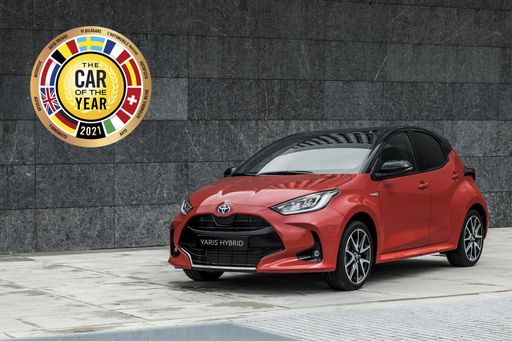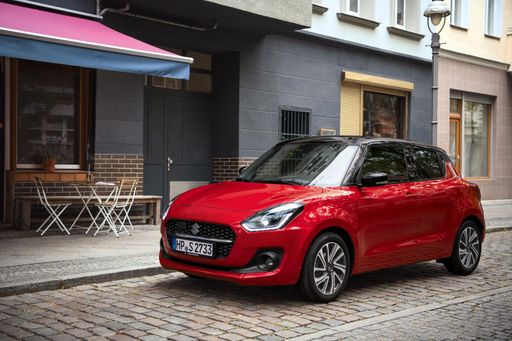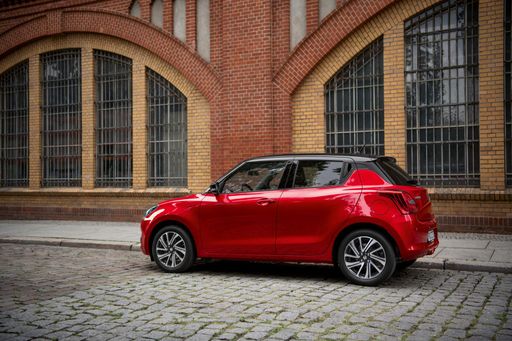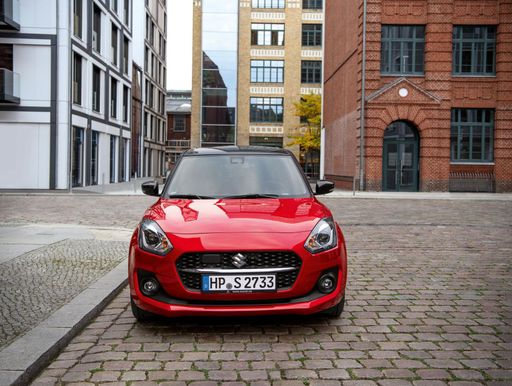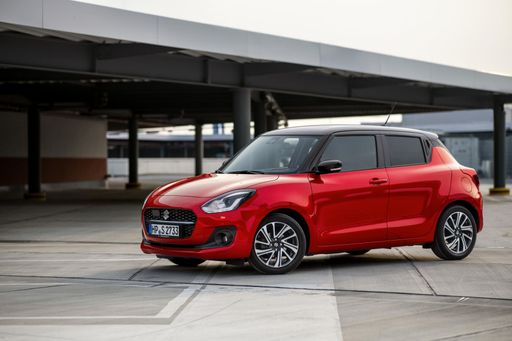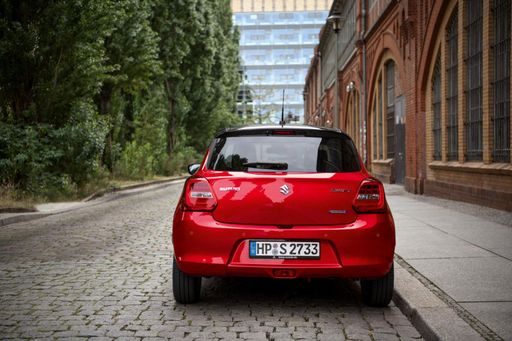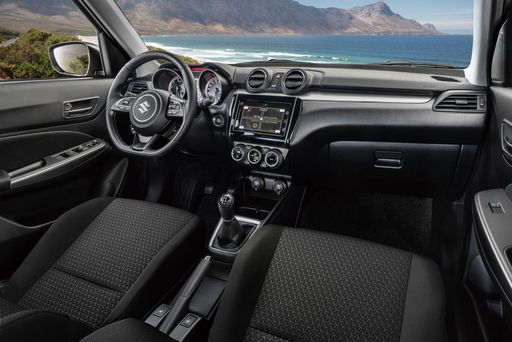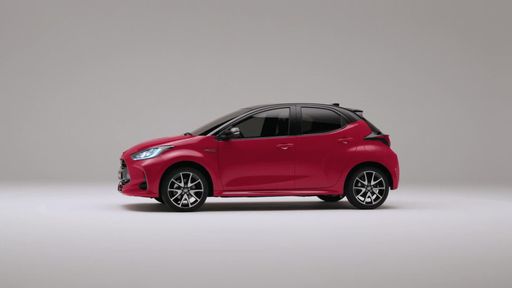Introduction: A Clash of Compact Titans
The automotive world is abuzz with the rivalry between two iconic hatchbacks: the Suzuki Swift and the Toyota Yaris. Both models have carved a niche in the compact segment, attracting consumers with their unique blend of performance, efficiency, and practicality. In this comparison, we delve into the technical aspects and innovations of these two formidable contenders for 2024.

